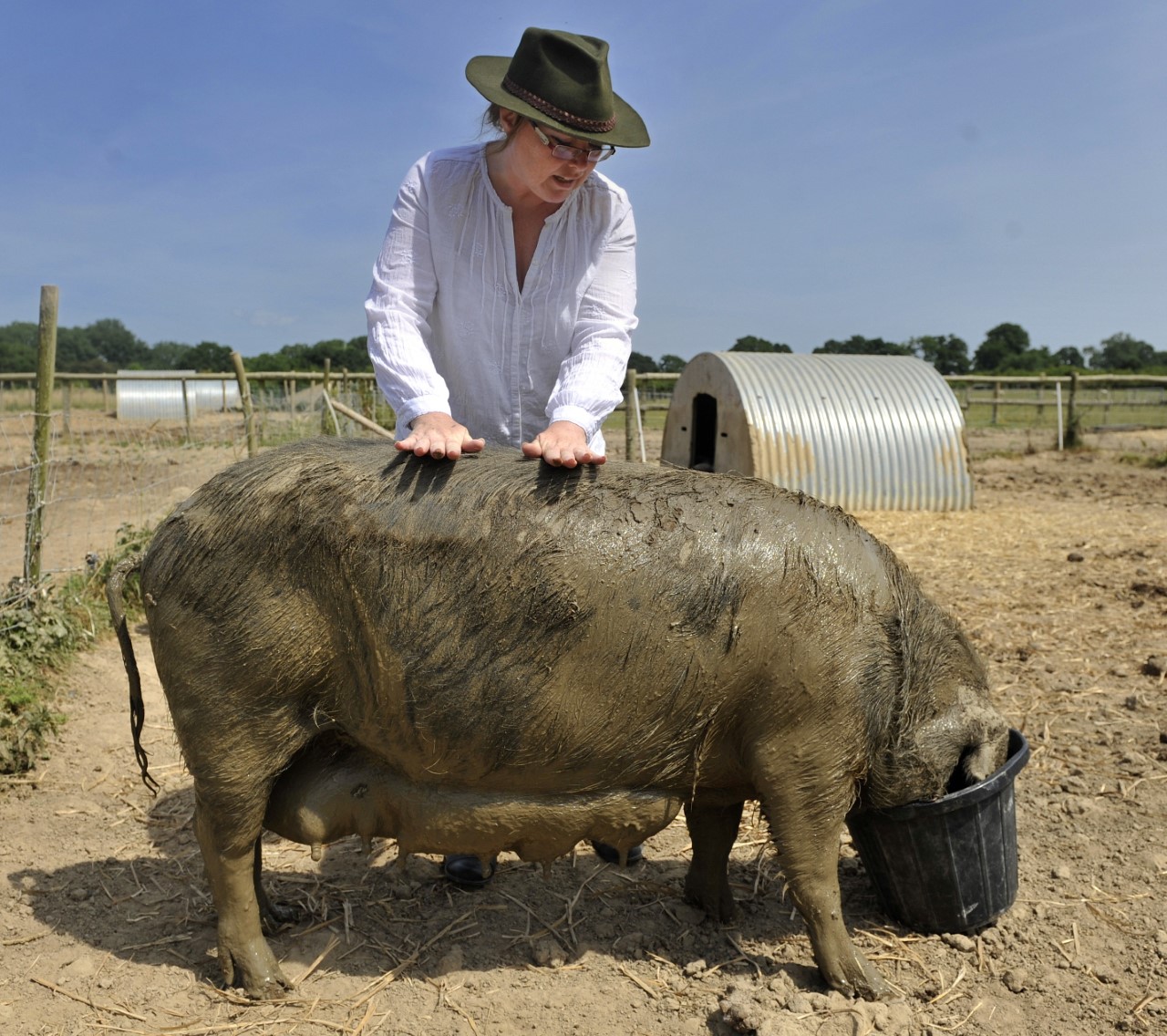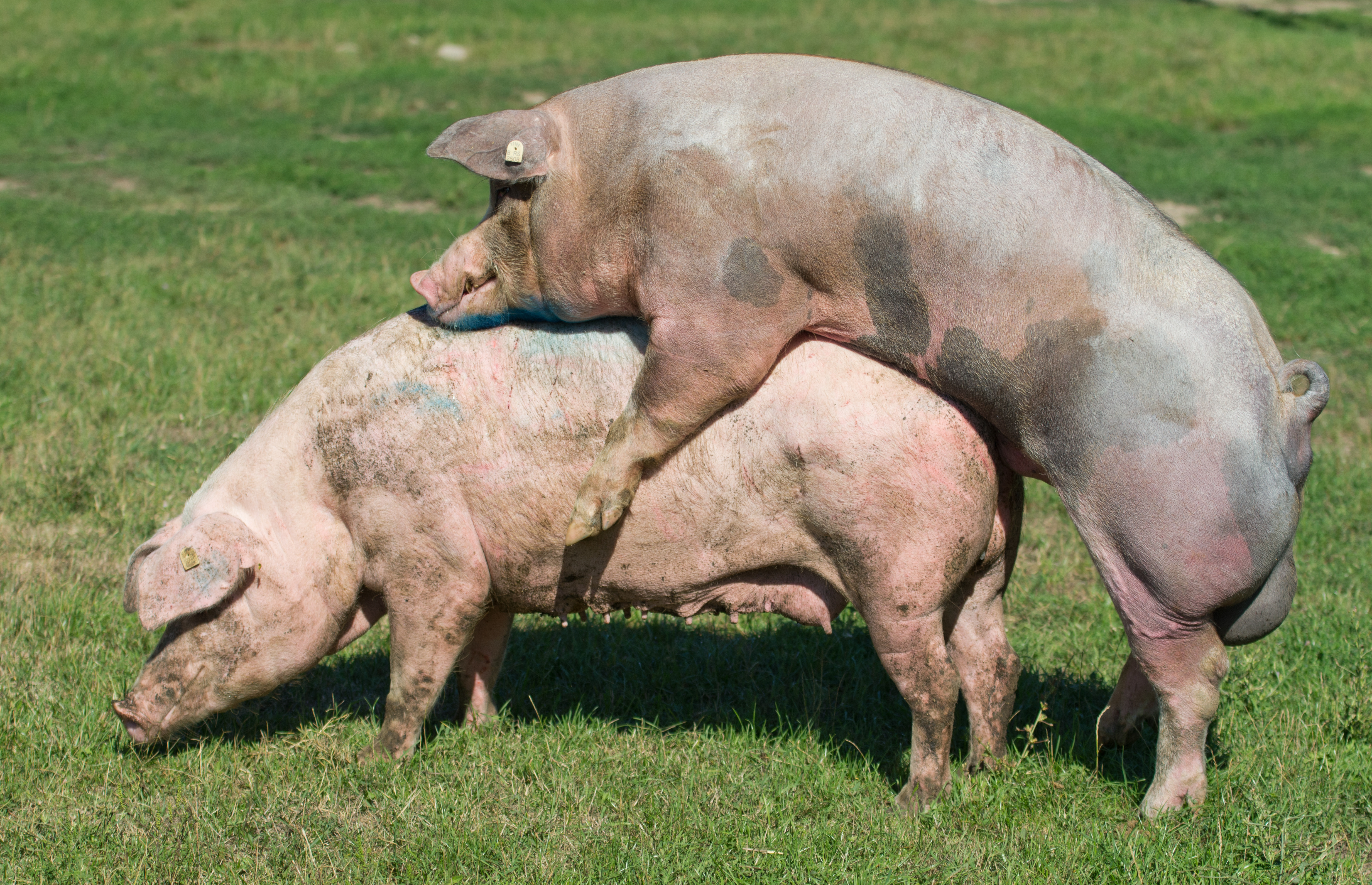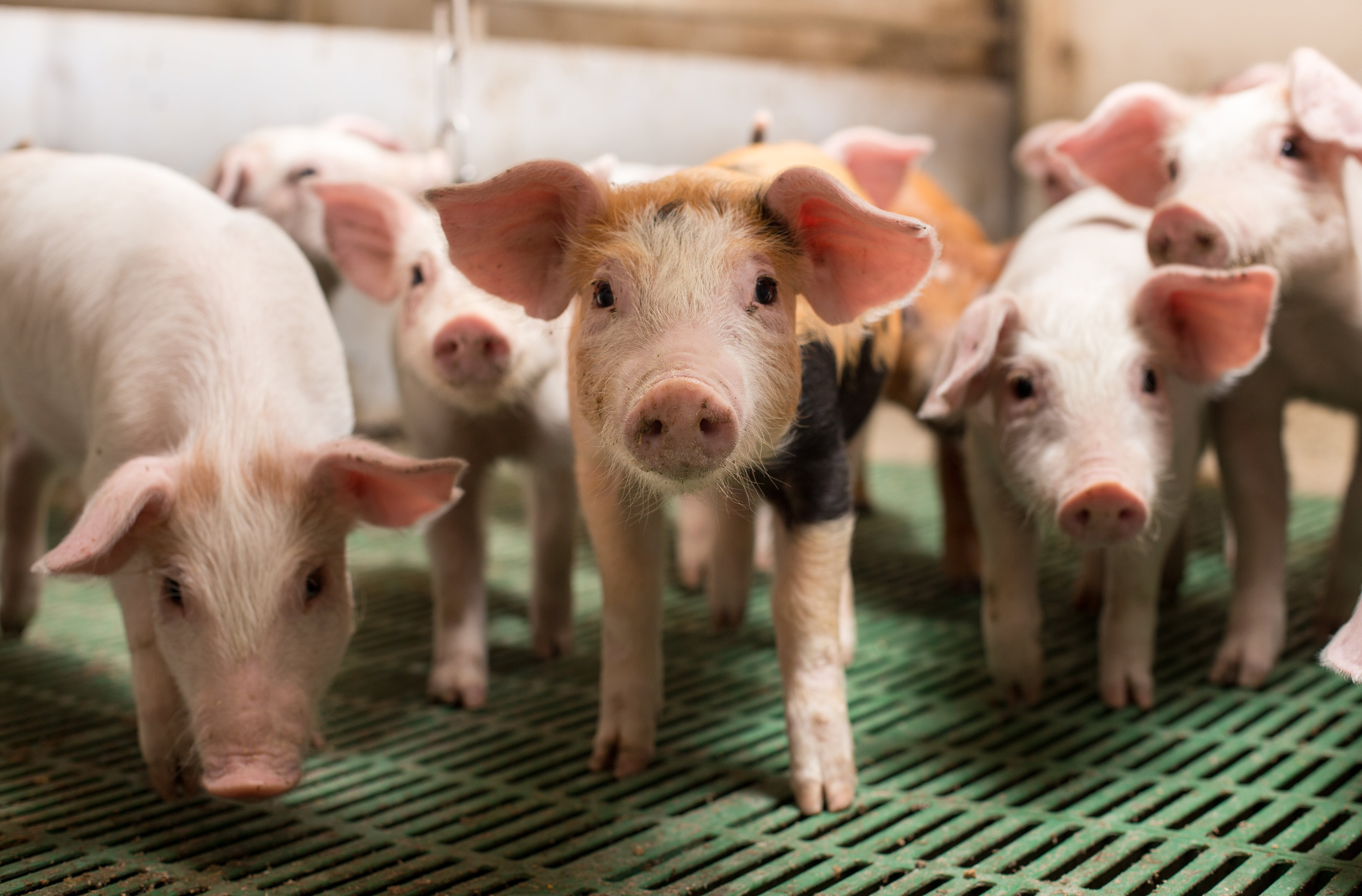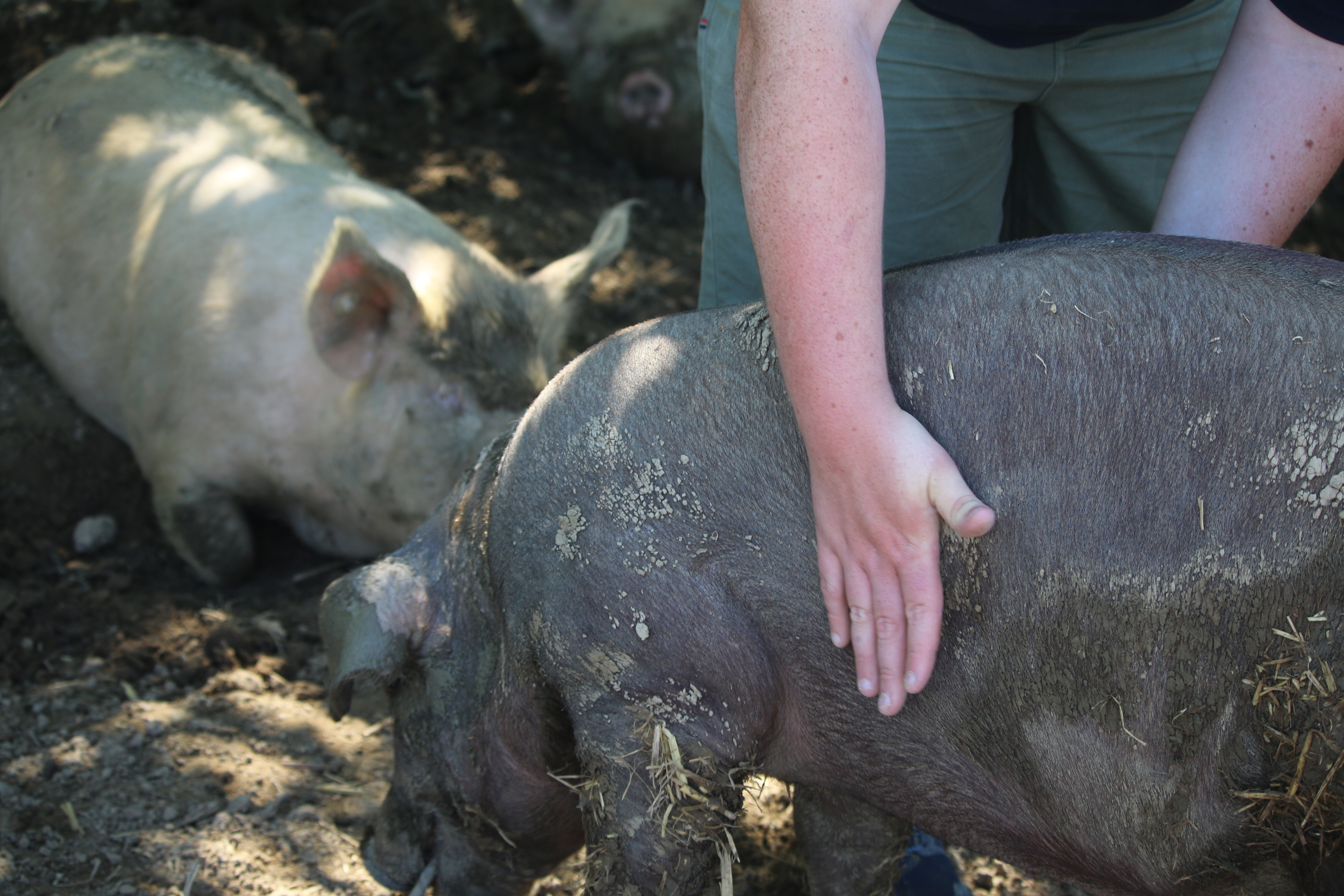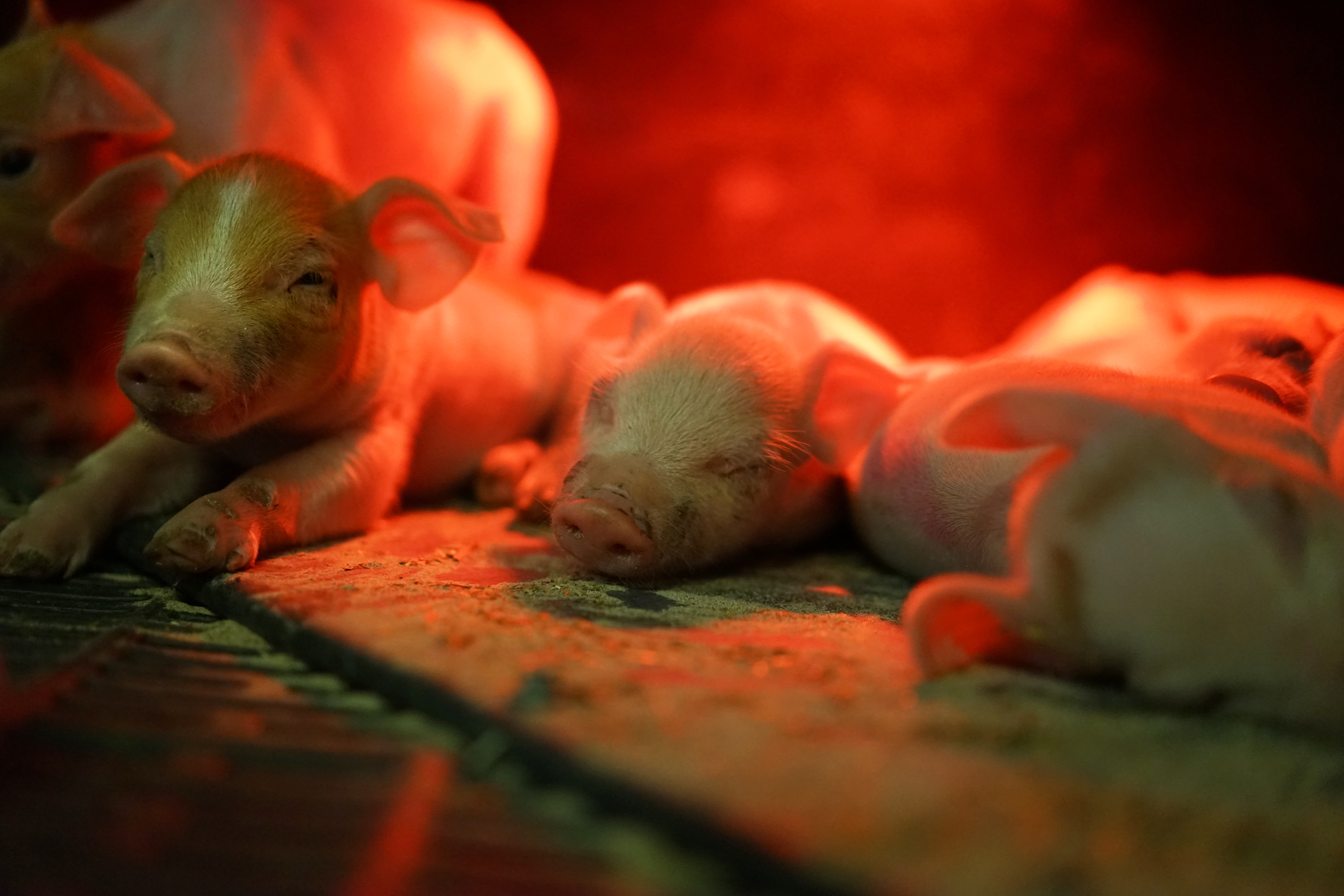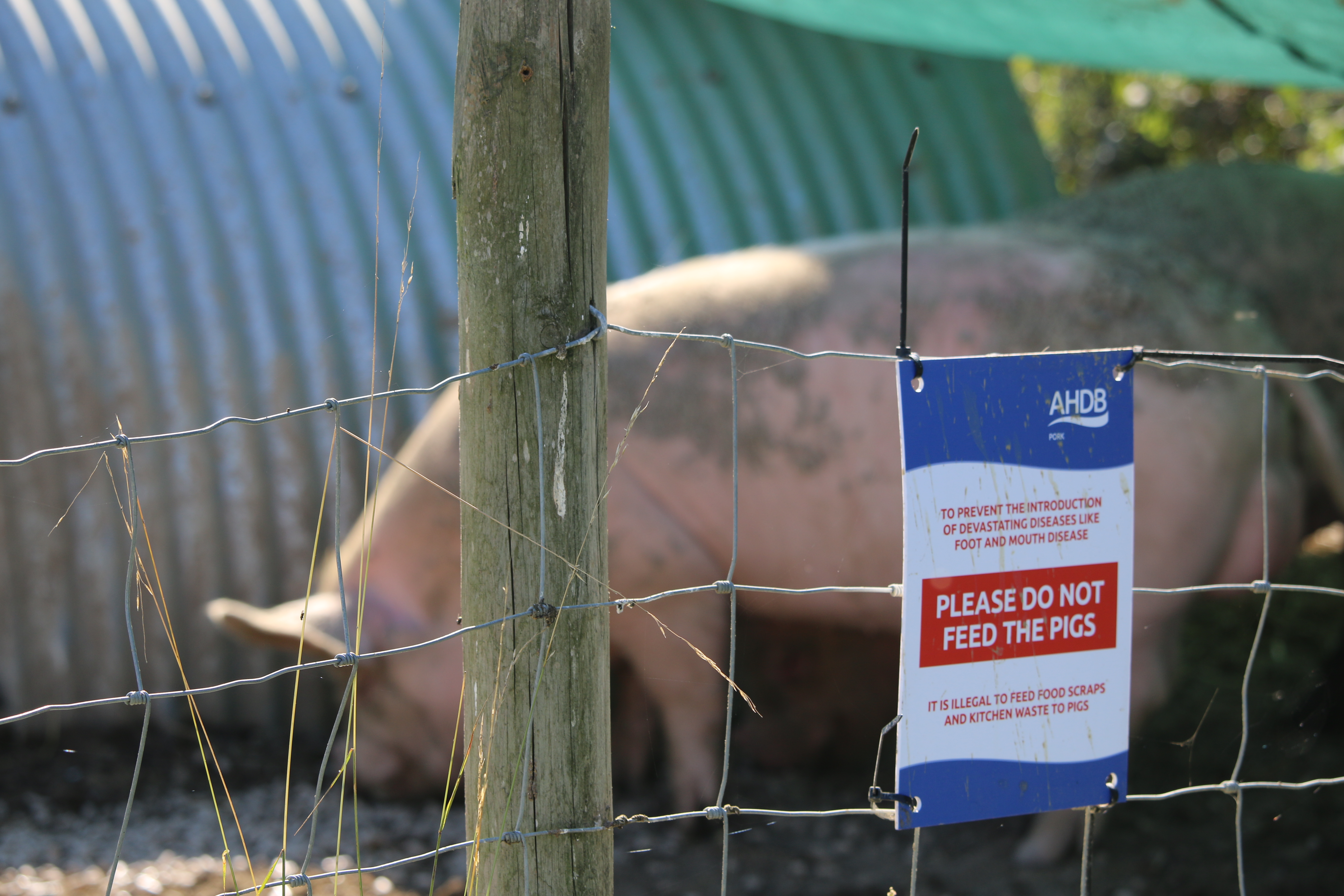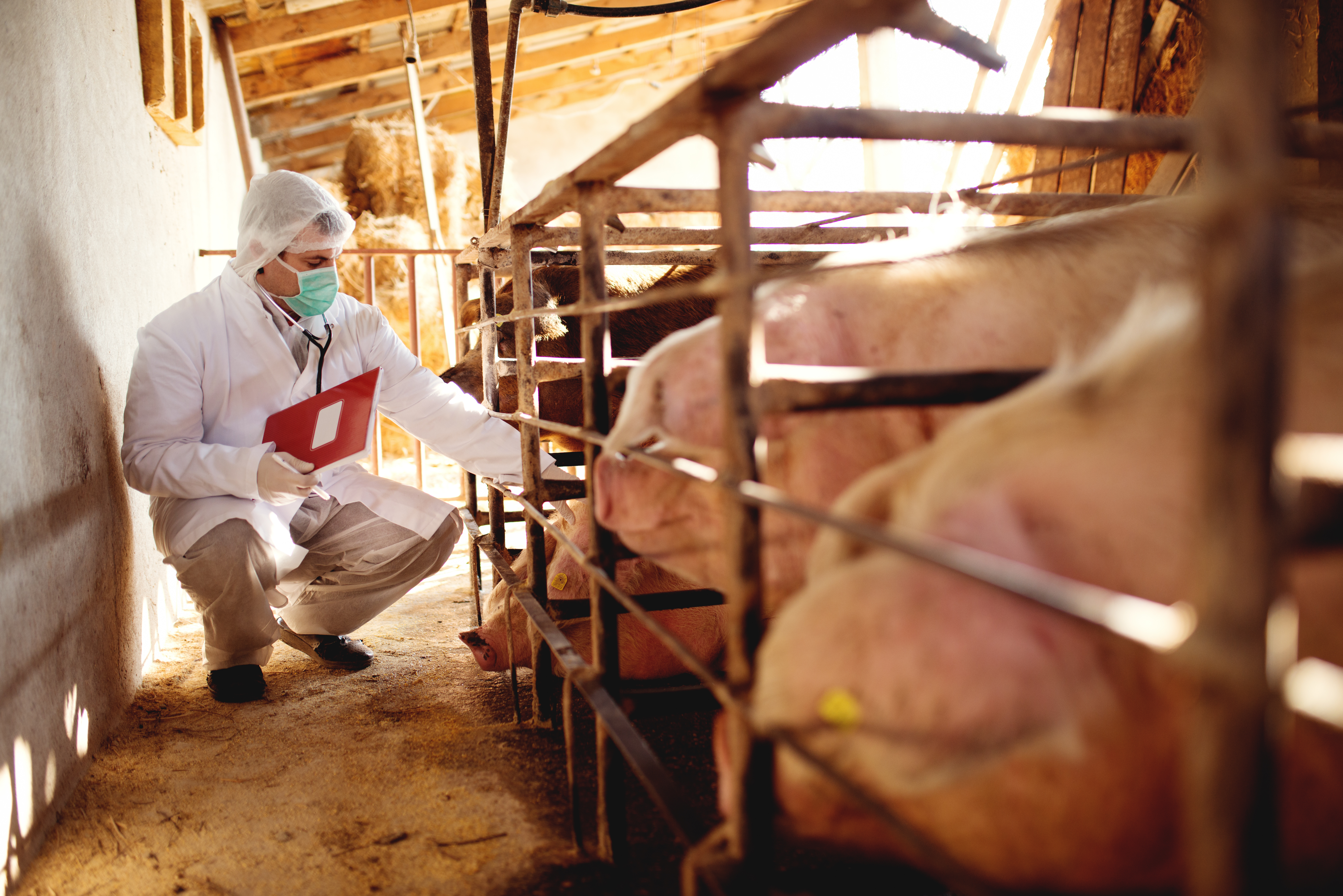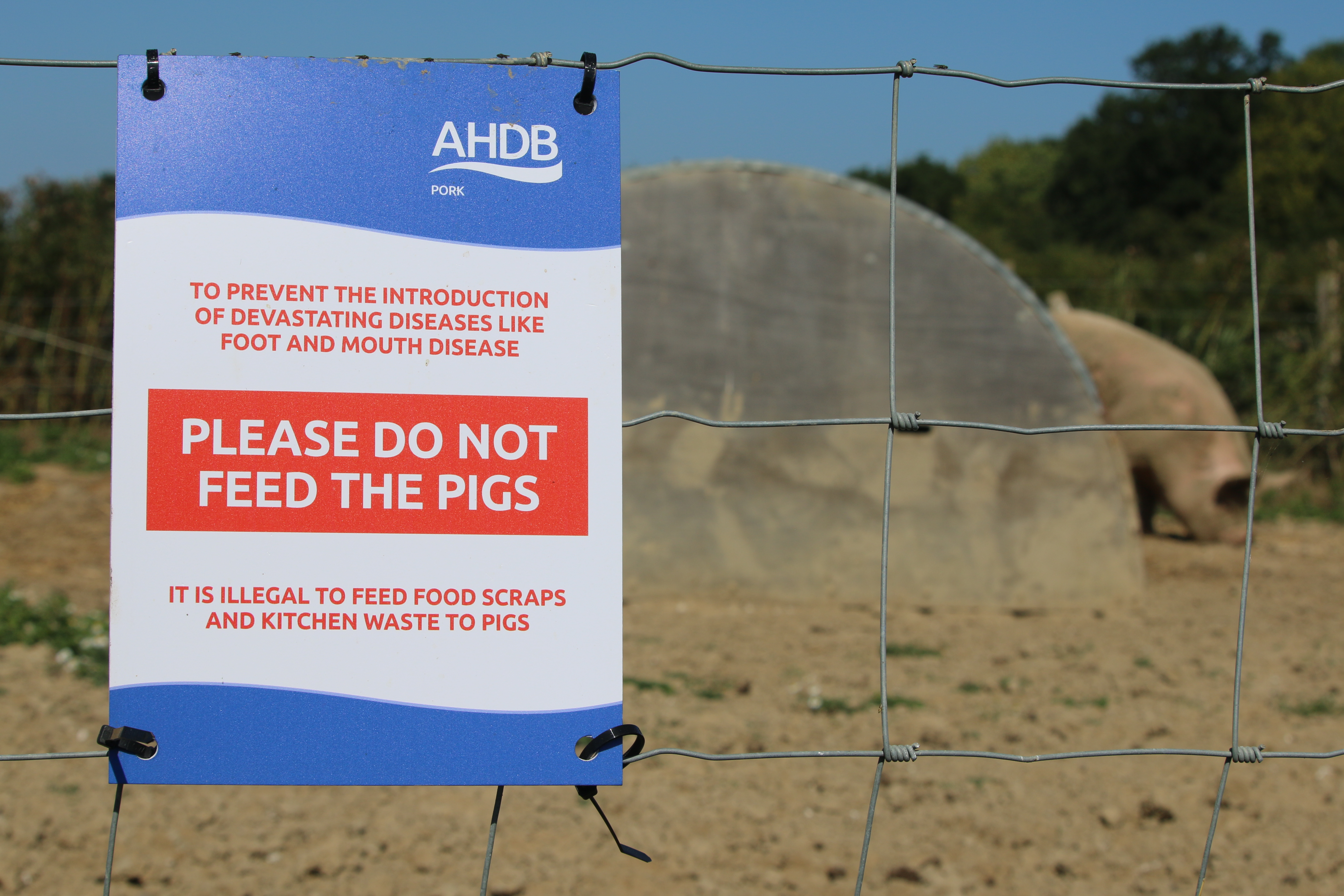



Small-scale pig keeping: preventing parasite build up in small-scale systems
Dr Michaela Giles continues her small-scale pig keeping series with tips and tricks on how to prevent parasite build-up in outdoor, extensive rearing systems.Part of Series:
< Previous Article in Series Next Article in Series >
I would wager that every outdoor reared pig in large or small-scale systems is exposed to parasitic worms, and carries some form of worm burden that needs to be managed.
Transmission of parasites can be either:
- Directly - through contact with another pig and/or its fomites eg, faeces or mucus.
- Indirectly - by using a paddock previously inhabited- even a few years ago - by a pig that shed parasite eggs.
- Indirectly - via mechanical transfer eg, birds / rodents visiting the paddocks with parasite eggs on their feet.
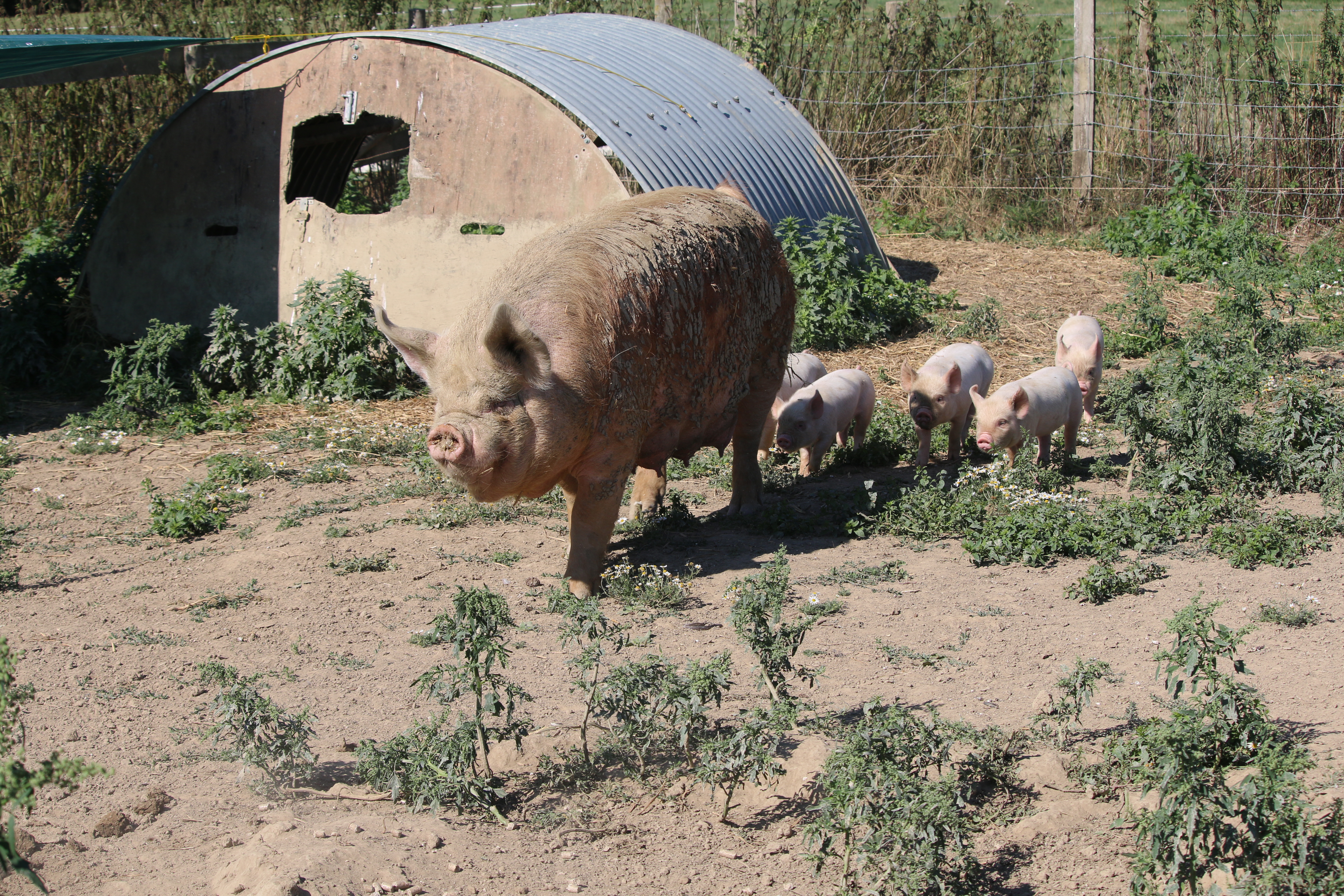
© The Pig Site
Managing parasite populations on farm
Safely managing on-farm rodent populations as best you can will have an impact on parasite build-up but preventing visiting birds is more of a challenge. You can feed at dawn and/or dusk giving the pigs the time to eat their ration before the birds are awake and so make landing in the paddocks less inviting.
The risk factors for increasing environmental worm burdens include; introducing new pigs into your herd; exhibiting your pigs; boar hire where you loan the boar out or take in visiting sows; buying in fattening weaners that have not had the correct de-wormer administered; inadequate de-worming of the herd including incorrect dosing and/or frequency; the continual use of paddocks; believing and then using OTC herbal preparations or something you read is a ‘natural’ de-wormer on the internet eg, pumpkin seeds.
Preventing build-up in the pigs’ environment starts with an effective de-worming plan for the herd and adhered to. This is mostly applicable to endoparasites (internal worms) as ectoparasites (external parasites) are primarily restricted to lice, mange mites and ticks, which are simple to kill by treating the whole herd with the appropriate product. Having external parasites that are allowed to build in number within the herd is a highly preventable welfare situation.
Traditionally pigs are de-wormed for endoparasites twice yearly, however, this is not a particularly strategic approach. It is fortuitous that not much over use of de-worming products has historically occurred, as in the sheep industry, and so reported resistances are currently low. That’s not to say we can be complacent as resistance to de-worming products has been reported.
There is a growing trend to perform worm egg counts and then de-worm accordingly, followed by another worm egg count to prove efficacy. This may mean a reduction in de-worming frequency or an increase, depending upon the levels within your herd, but is a highly strategic approach.
To prevent parasite eggs being shed into the environment then it is important to choose a product that kills the worm eggs as well as the adult and larval stages of the parasite [see Table]. There are many available to the small-scale keeper, often easily added to their feed. Killing the worm eggs will effectively reduce the worm burden in your paddocks and may increase the time period before the paddock gets “pig sick” ie, has a high parasite burden. Interestingly, if you ever have a liver condemned at the abattoir due to “milk spot scarring” and the pigs are on your paddock for the preceding eight weeks or more, then you know you have the large white worm (Ascarid) eggs present..
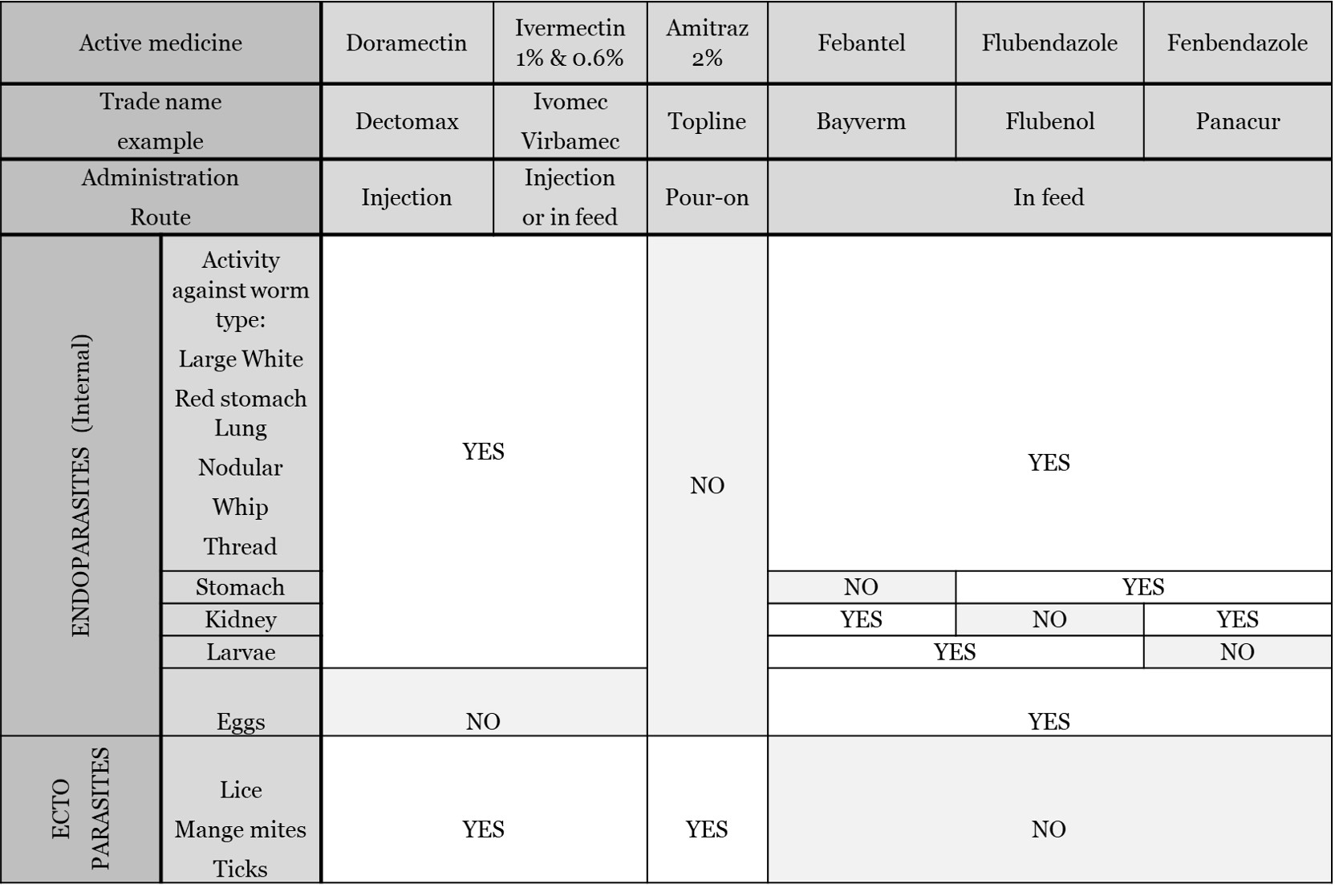
© The Commuter Pig Keeper
In an ideal world you would de-worm your pigs with a product that kills worm eggs and then put those pigs in to a new paddock. In reality, lots of small-scale keepers do not have enough land to do this too often and so will not have that luxury. If you have to continually have to use the same paddocks then it would be prudent to increase the frequency of de-worming to perhaps quarterly. This would make sense even if you only keep a few fattening weaners in the warmer months once a year. For those of us who breed and so keep pigs year round and/or can have a few more paddocks than required may still not have an advantage. There is documented evidence that the eggs of the Ascarid worm can live for up to seven years in soil. Resting paddocks for seven years is a stretch for most of us.
Unfortunately, you can’t just pour typical disinfectants on to mud as most are rapidly inactivated by organic material such as soil and faeces There are outdoor limed based outdoor/soil disinfectants available that are reported to kill parasite worm eggs (and spore forming bacteria) which you could try if you’re having to deal with high parasite burdens. This needs to be performed as the pigs vacate the paddock when there is no vegetation and only earth/mud. You dampen the soil if it is dry and then sprinkle the powder at a rate of 500g per m2. The product then heats the soil to approximately 70 ◦C (158 ˚F) over a 24-hour period, and leaves it highly alkaline for the next couple of months. This combination kills most viruses, bacteria, and parasite eggs, effectively sterilising the paddock. The beauty of this product is that it is safe to return the animals after 24 hours and so hardly disrupts your husbandry. It is labour intensive and expensive, so if you have to choose which paddocks to treat then concentrate on isolation paddocks which have housed incoming stock, and the farrowing/weaning paddocks, which house the most susceptible pigs.





